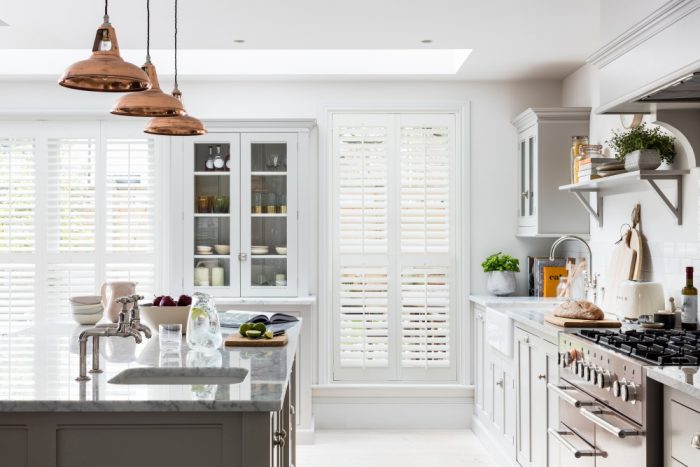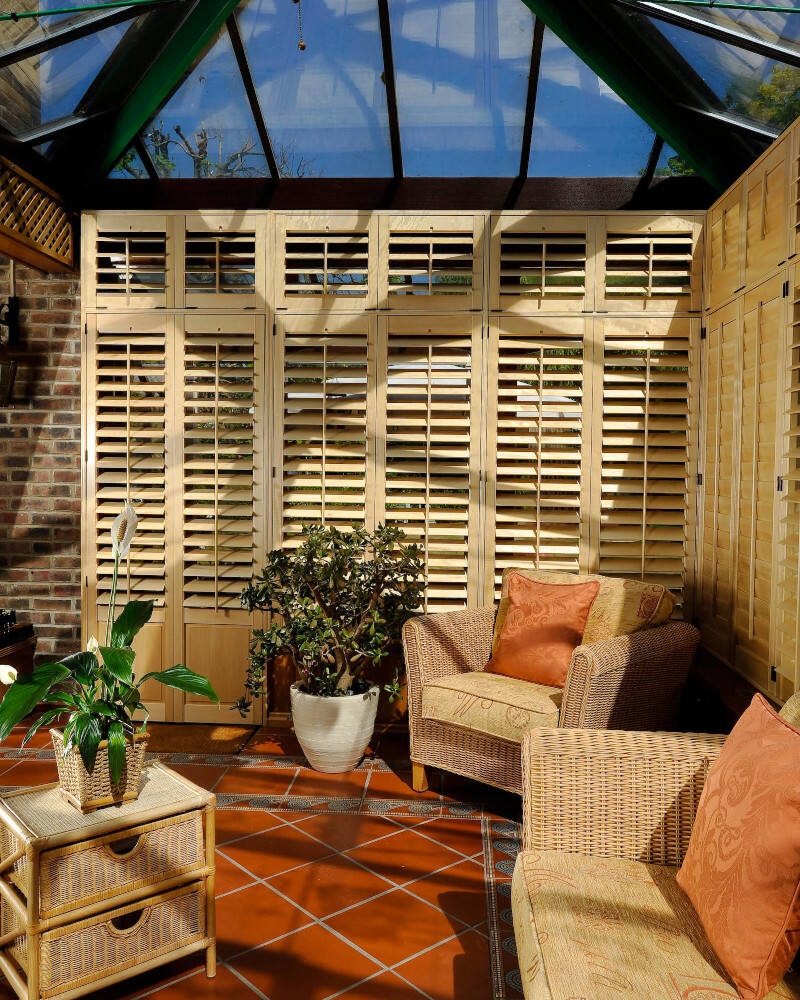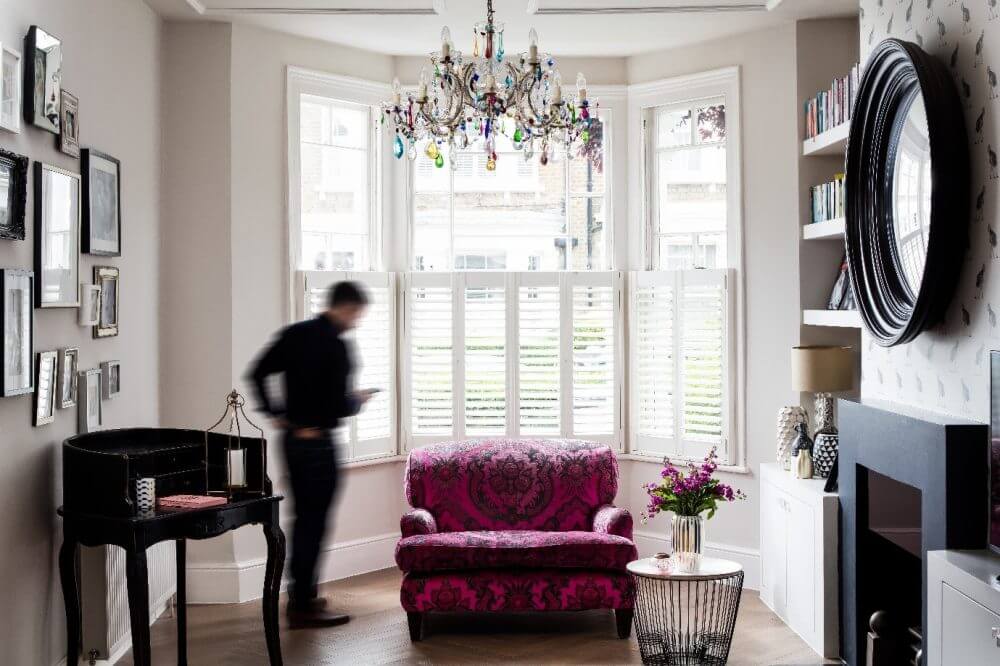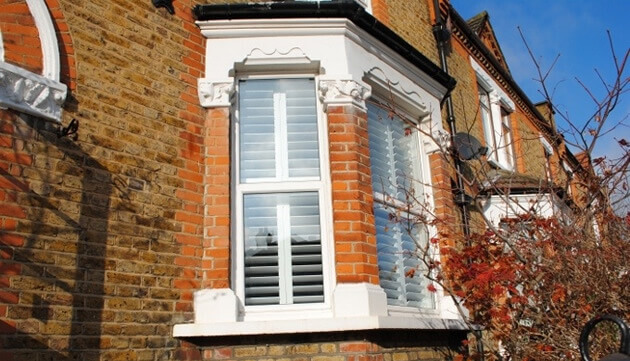What is solar shading and how can it improve energy efficiency?
In a bid to tackle the ever-increasing cost of energy, the government has assigned more funding than ever before to improving energy efficiency within UK households. The aim is not just to reduce prices, but to reduce energy consumption and contribute to net-zero sustainability goals too. Solar shading will play a huge role in achieving this. So, what is solar shading exactly? And how will it help UK households use less energy?
Solar shading (sometimes referred to as ‘solar control’ or ‘solar protection’) is the term used to identify a number of systems that can be used to control the amount of solar heat gain and visible light that is let into a building or room. Solar shading can have a significant impact on the energy use of a property, as well as on the thermal and visual comfort of occupants, protecting against overheating and glare on hot and sunny days.
The British Blind and Shutter Association (BBSA) report that solar shading products, such as shutters, blinds, and awnings can play an important part in meeting the government’s goal to dramatically improve the energy efficiency of UK homes. This is because they are one of the easiest and cheapest ways to improve energy efficiency and prevent overheating. Shutters and other internal and external shading products are passive cooling and heating solutions which have been successfully used to keep properties warm and cool, and ultimately save energy, for hundreds of years.
For example, wooden shutters help to retain heat during the winter by acting as an added barrier to heat loss and help keep rooms cooler in the summer by preventing heat from entering. In fact, in some recent customer research we conducted, we found that:

Plus, of these customers said they found their shutters to be more effective at keeping the sun and heat out of a room than curtains and blinds.
Unlike air conditioning units, heating systems, and other appliances, solar shading products such as window shutters are passive solutions that do not require the use of energy to operate once installed. This is why they are so energy friendly.
Many UK homes still have energy inefficient single glazing, resulting in prominent levels of solar gain during the summer and increased heat loss during winter. Heat is lost through single glazing around twice as fast as through standard double glazing. Therefore, being able to reduce heat loss in the winter and heat gain in summer by adding a shading solution could reduce heat and cooling costs dramatically.
Solar shading products such as wooden shutters will add another layer over the windows, creating an air gap and reducing heat loss. During warmer weather, solar shading will also allow for natural ventilation to maintain better indoor air quality, as well as keeping the sun’s heat out of the rooms in your house.
How much do shutters cost?
The cost of shutters for your property will depend on how many windows you are dressing, as well as the size, shape, design, material, and finish that you choose. To give you some idea, the typical cost for the design, manufacture and installation of plantation shutters to the front of a three-bedroom semi-detached property in Kent will mean budgeting between £2.5K-£3.5K through to £4.5-5K.
Don’t forget, we offer a 0% finance option for up to 12 months to help anyone who needs to spread out the initial cost outlay. Plus, the cost of the shutters will soon be offset against the added value and comfort shutters will bring to your property, not to mention the long-term savings you will gain on your energy bills. Request an appointment today and we can chat through things further.
Related articles
For all your shutter inspiration
Get in touch to arrange your quote
We’ll be happy to pay you a visit so we can offer tailored, personal advice about all your shutter options.





